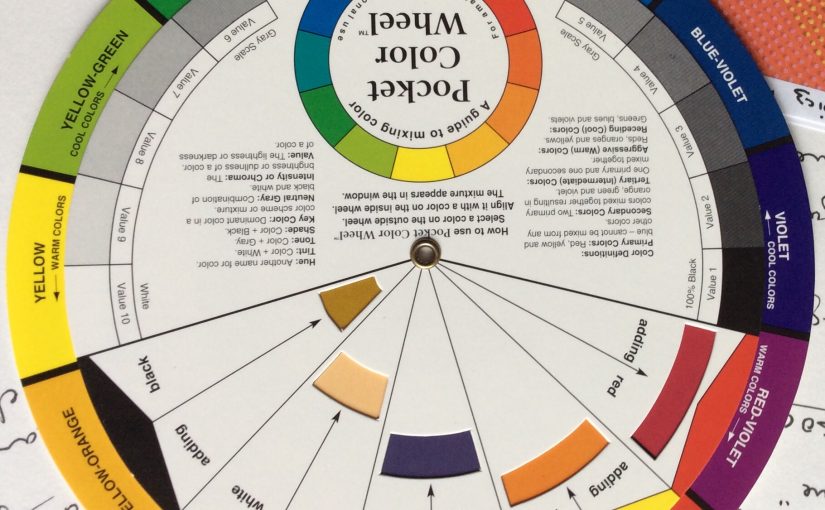Author: lindamayoux
-

Chinese Colour Theories
Chinese culture attaches certain values to colours, like which colours are considered auspicious (吉利) or inauspicious (不利). The Chinese word for “colour” is yánsè (顏色). In Classical Chinese, the character sè (色) more accurately meant “colour in the face”, or “emotion”. It was generally used alone and often implied sexual desire or desirability. During the Tang Dynasty, the word yánsè came to mean ‘all colour’.…
-

Colour Theories in Design
Artists may choose to focus on local or optical colour. Or use completely arbitrary colours to impose their feelings and interpretation onto the image. In printmaking, particularly relief prints, there is clear colour separation on the printing plate. This can use either layering and mixing, or optical mixing through juxtaposition. Western colour theories Wsetern colour…
-
Colour Communication: Culture and Meaning
Many of the cultural associations of different colours relate to the development of pigments, their relative costs and hence uses by particular groups in society for particular purposes. Colour in Islamic Cultures Achromatic/neutral colours Black White (forthcoming) Grey (forthcoming) Brown (forthcoming) Chromatic colours Yellow Blue Red Green (forthcoming) Orange (forthcoming) Violet (forthcoming) Using…
-
Colour in photography and film: digital colour management
Sources Cambridge in Colour: Colour Management and Printing series Underlying concepts and principles: Human Perception; Bit Depth; Basics of digital cameras: pixels Color Management from camera to display Part 1: Concept and Overview; Part 2: Color Spaces; Part 3: Color Space Conversion; Understanding Gamma Correction Bit Depth Every color pixel in a digital image is created through some combination…
-
What is Colour: Physics of Light
Key Questions in Design Colour is the range of wavelengths of the electromagnetic spectrum that are visible to the human eye. Physical properties of light Light consists of waves of electromagnetic energy which travel at different wavelengths. Colour is the range of wavelengths of the electromagnetic spectrum that are visible to the human eye. Many…
-

Colour in analog art: pigments and theories
Colours of objects in the real world are not pure colours, but objects will reflect and absorb a range of wavelengths. Materials to be coloured absorb dyes but pigments lie on the surface. This is significant in choosing and mixing paints and inks. The brightest colours are produced by mixing warm colours with warm colours, and…
-
Colour in Islamic Traditions
Discussion of colour in Islam reveals a lot of disagreement – some colours appear to be recommended or forbidden in clothing (differently for women and men) but there may be different views expressed between Quran itself and Hadith, also between different sects in Islam. Other colours have cultural roots in the different countries in which Islam…
-
Colour Perception and Optical Effects
Quick overview of colour in design Design Questions The Eye As light passes into the eye it comes into contact with the retina. The retina is made up of layers of different cells, including those known as rods (100 million) and cones (6 million) Rod cells are better for low-light vision and enable us…
-
Violet (forthcoming)
This mixture of red and blue stands out as being the most elusive of colours. Many people have great difficulty in distinguishing pure violet, a difficulty further compounded in photography by the problems of recording it (dye response in some films and papers is particularly unsuccessful). Pure violet is the darkest colour. When lighter it…
-
Orange (forthcoming)
Orange is the mixture of yellow and red and absorbs some of the qualities of both. It is brilliant and powerful when pure and, since yellow radiates light and red radiates energy, it is a colour very much associated with radiation. When lighter, tending towards beige, or darker, tending towards brown, it has a neutral…
